No products in the cart.
2x Compression Knee Support Sleeves
£11.99inc VAT
- 1x Pair of Compression Knee Sleeves designed to support, compress and protect your knees from injury and pain
- Available in Small, Medium, Large & XL
- For both Men & Women
- Recommended for treating and preventing ACL, PCL & MCL knee injuries, Patella tendonitis, Runners & Jumpers knee, Meniscus tear, Patellar tendon sprains and strains, Chondromalacia or Irritated kneecap, Gout, Rheumatoid arthritis and Osteoarthritis
- Designed to protect your knees from injuries and wear and tear by supporting and stabilizing your knee joints in the correct position and eases strain and pressure off key ligaments, tendons, bones and muscles found in your knees
- Speeds up the natural healing process of injuries by providing soothing compression to your knee helping to ease aches and pain, reduce inflammation and swelling whilst boosting blood circulation to your knee to promote healing of damaged tissue
- Ideal for daily activities or for wearing whilst exercising, running or playing sports such as Football, Basketball and Cycling
- Features double anti slip silicone strips on the cuffs that will hold the knee support sleeves comfortable and securely in place stopping prevents them from slipping down even during the most vigour exercise routines
- Made from lightweight, breathable fabric with moisture wicking properties to help keep your knees and legs dry, sweat free and feeling fresher for longer
- Includes a full 30 day money back guarantee!
- Sizes are as follows:
- S: Length:27cm; Top circumference: 15cm; Bottom circumference: 13cm; Leg circumference: 30-34cm
- M: Length:27cm; Top circumference: 16cm; Bottom circumference: 14cm; Leg circumference: 35-41cm
- L: Length:27cm; Top circumference: 17cm; Bottom circumference: 15cm; Leg circumference: 42-47cm
- XL: Length:27cm; Top circumference: 18cm; Bottom circumference: 16cm; Leg circumference: 48-55cm
Get 15% off - When bought together with:
- This item: 2x Compression Knee Support Sleeves(£11.99inc VAT)
- Gel Knee Ice Pack Wrap for Knee Pain Relief(£22.99
£24.99inc VAT)
Have you ever thought about how much pressure and stress your knees must endure on a daily basis? Whether you’re a seasoned athlete, a casual runner, or someone dealing with the challenges of an age-related condition, it’s likely your knees have felt the strain. Could you be doing more to protect this critical joint? The answer lies with Compression Knee Support Sleeves.
Imagine walking, running, even climbing stairs without the dull ache or sharp pain you’ve grown accustomed to. Picture the newfound confidence in your strides, knowing you’re actively protecting your knees. It’s time to discuss how Compression Knee Support Sleeves can aid in various conditions and scenarios, paving the way for a more comfortable, mobile future.
Why you need to wear Compression Knee Support Sleeves
Think of these sleeves as a comforting ‘second skin’ for your knees, offering warmth and a steady, soothing pressure to the joint. This additional support is not just about managing existing pain, it can also help reduce swelling and act as a preventative against further knee injuries. Let’s now take a closer look at how these sleeves can be beneficial in various situations:
As you can see, wearing a compression knee support sleeves can benefit a variety of knee conditions and injuries. It can provide much-needed support, improve stability, reduce pain, and enhance recovery. Not wearing a knee support sleeves, especially when you have a knee condition or have suffered an injury, can exacerbate the situation leading to prolonged pain and slower recovery. Remember, it’s not just about healing, it’s also about preventative care for your knee health.
Why Choose KneeReviver to support your Knees
Why should you consider Compression Knee Support Sleeves designed by KneeReviver, available here at NuovaHealth? Because your knees deserve the very best. Whether you’re battling a debilitating condition such as arthritis, recovering from an ACL injury, or simply seeking to enhance your performance and protection as an athlete, the extra support and compression these sleeves provide can make a huge difference.
Expertly Designed for Advanced Knee Support
Our Compression Knee Sleeves are meticulously crafted by the specialists at KneeReviver. They aim to support, compress, and protect your knees against injuries, wear and tear. By stabilizing your knee joints correctly, they ease strain and pressure off crucial ligaments, tendons, bones, and muscles in your knees. Therefore, they are widely recommended by global medical experts for treating and preventing a range of knee conditions.
The Magic of Compression
These sleeves don’t just protect, they also aid in the recovery process. With their soothing compression, they ease aches and pain, reduce inflammation and swelling, and boost blood circulation to your knees. Enhanced blood flow ensures better healing of damaged tissue and can significantly improve athletic performance by supplying fresh oxygenated blood to your muscles, thereby reducing lactic acid and muscle fatigue.
Versatile Design
Whether you’re tackling daily chores or preparing for a marathon, these sleeves are a perfect solution to support your knees. Their design is durable enough for vigorous exercise routines like football, basketball, cycling, and just comfortable enough for all-day use around the house.
Comfort and Quality Combined
With double anti-slip silicone strips, these sleeves guarantee a secure fit, preventing any slippage during your workouts. Constructed with lightweight, breathable fabric, they boast of antibacterial and moisture-wicking properties to keep your knees and legs dry, and free from sweat, chaffing, or irritation.
Risk-Free Purchase
Your satisfaction is our priority. That’s why we offer a full 30-day money-back guarantee. If you’re not completely satisfied with your purchase, you can return it for a full refund.
So why wait? Embrace the freedom of pain-free mobility, enhance your athletic performance, or simply enjoy the comfort of extra support around your home. Our Knee Support Sleeves are ready to be your knees’ best friends. Get your pair today and experience the difference.
4 Reviews For This Product
Fast & Secure Checkout Through Paypal
Pay with Paypal the secure payment gateway that accepts all credit and debit cards. Paypal is free and secure and no credit or bank information is ever stored or shared with us.
Fast Dispatch
Enjoy your items soon with quick dispatch via Royal Mail First Class. Expect to have your items between 1-3 days for domestic orders. 7-10 Working days for international orders.
Return Policy – 30 Day Money Back Guarantee
We are so confident that you will just love our product that we offer a full 30 day money back guarantee. In the unlikely event, you are unhappy with your purchase you can simply return it within 30 days for a refund. Please contact us via the form on the contact us page to start your return.
To return an item please send it to: Nuova Health UK, 81 Highfield Lane, Waverley, Rotherham, S60 8AL. Please include a note with your order id so we know who to refund. Please retain your postage receipt as proof of postage. All that we ask is that the item is in the original packaging and unused.


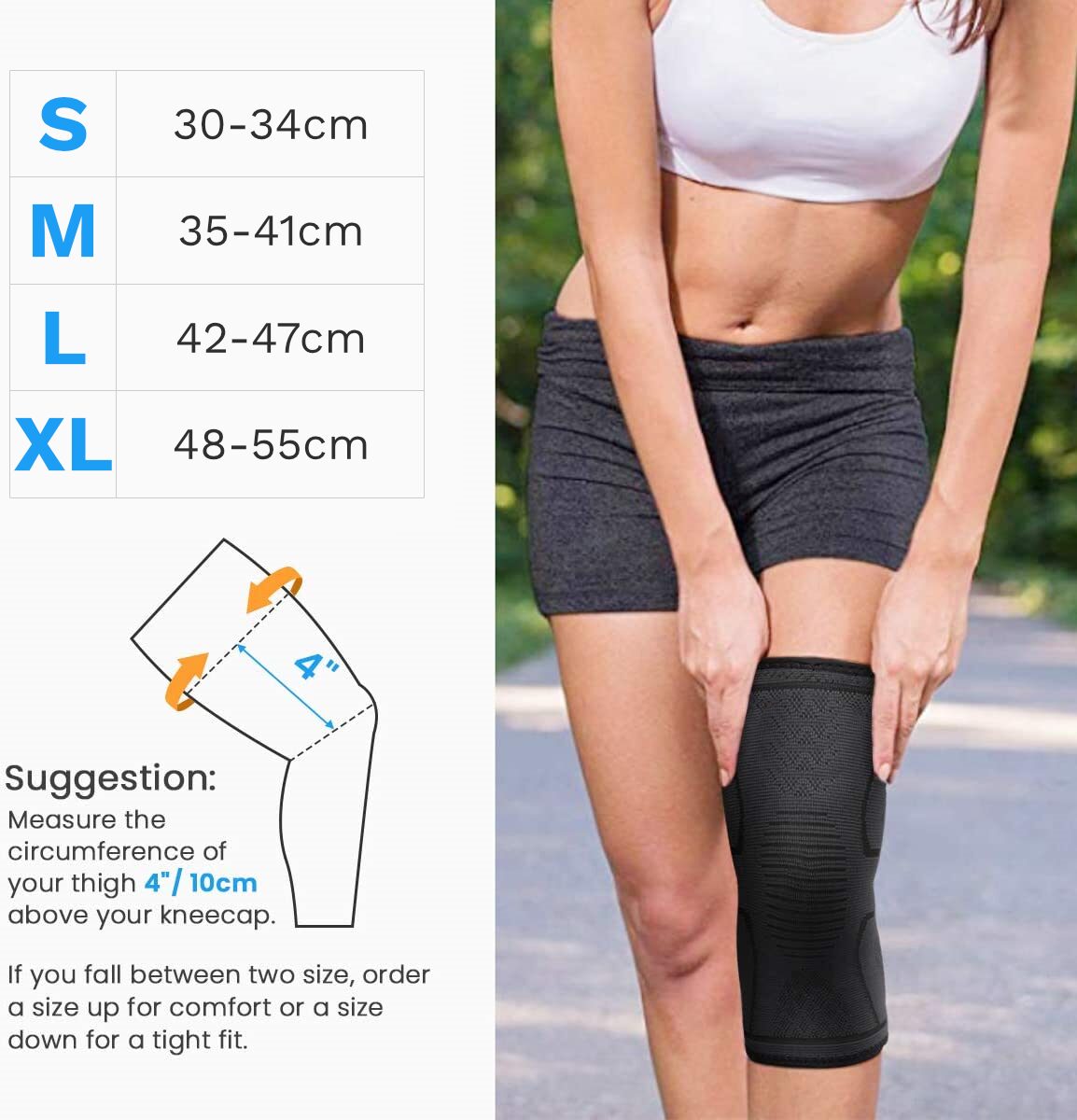
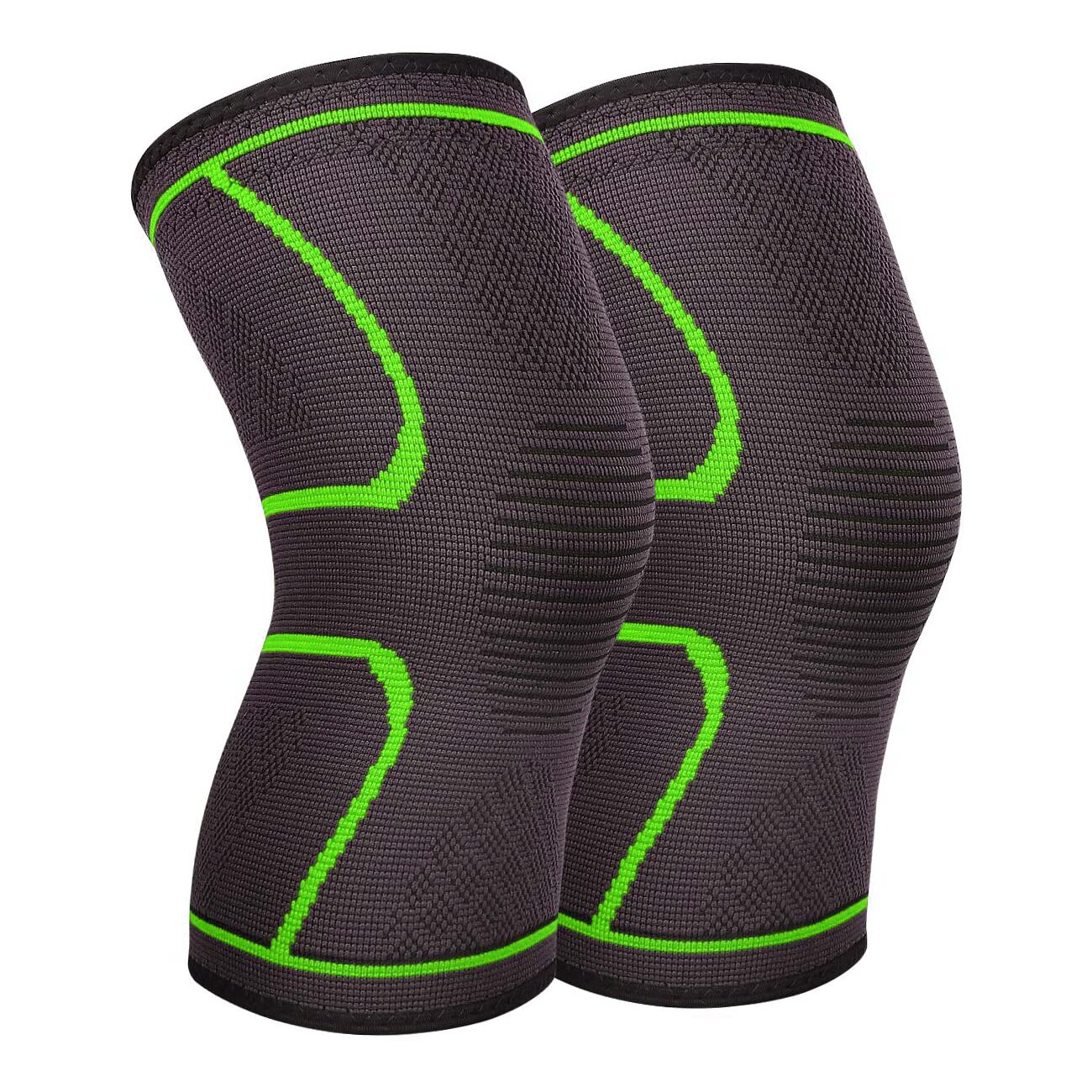
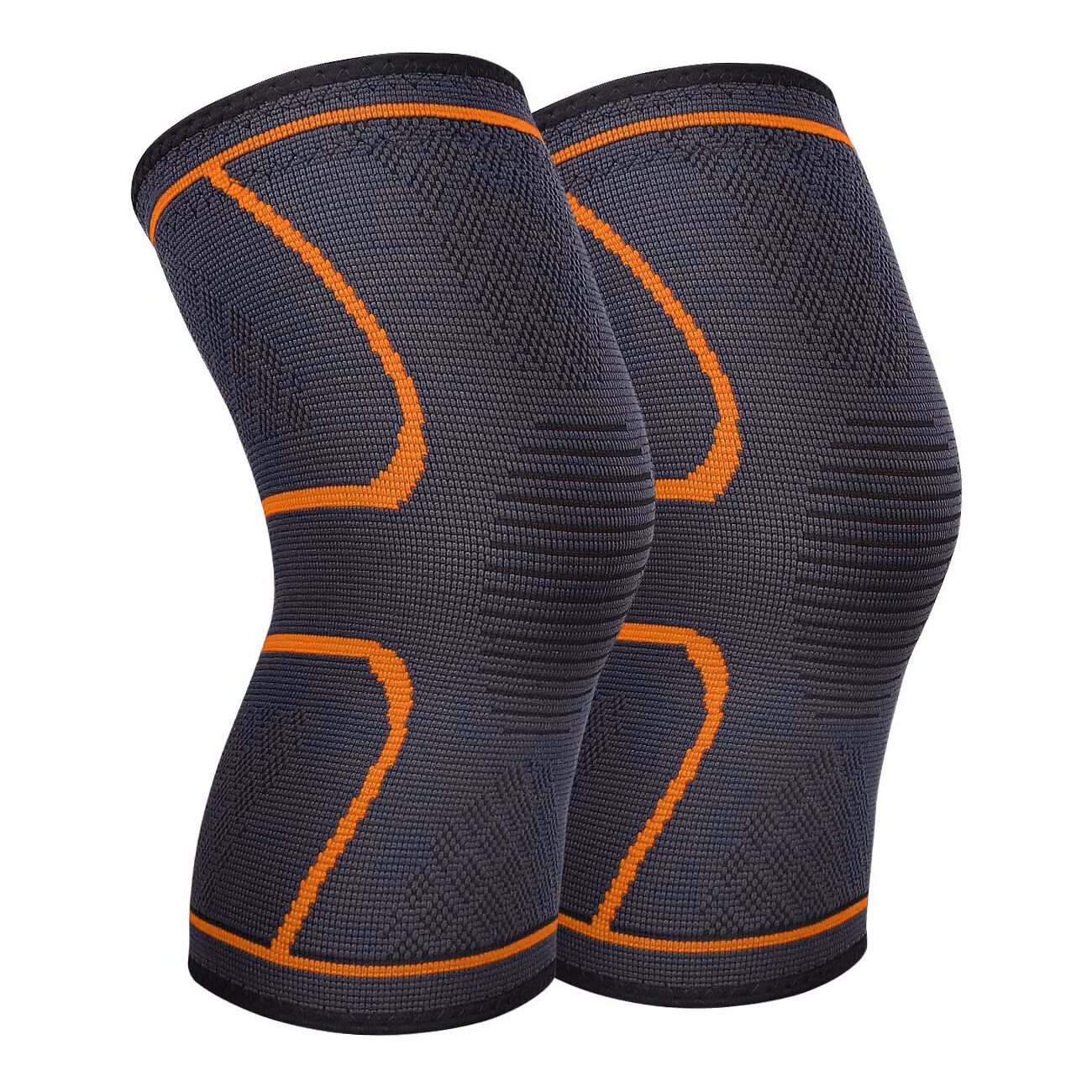

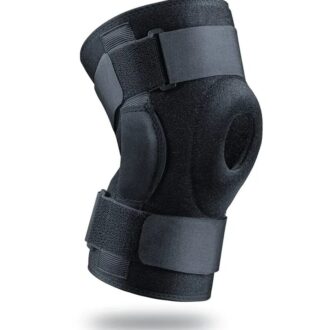

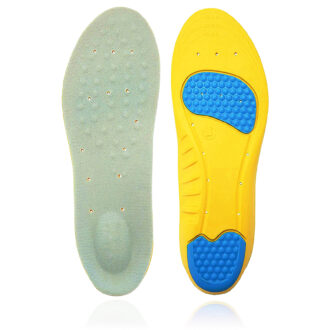
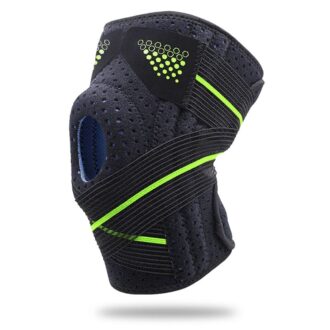
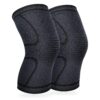
by James
Couldn’t be happier with these knee sleeves they support my knees perfectly when I’m out running. Im buying a second pair as we speak! 🙂
by Anod
Excellent product
by kellycherriewilliams
These knee sleeves get 5 stars from me because they stay in place and don’t slip down like most other knee sleeves do and they compress and support my knees really well.
by Janet Wood
These knee braces help me do all my walking & driving with comfort.